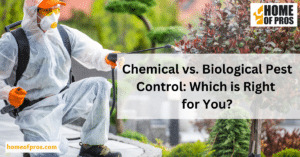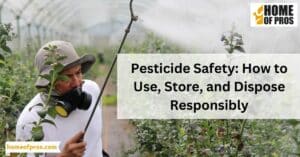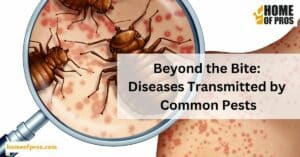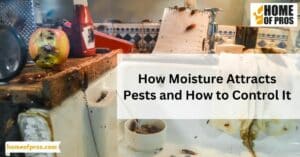As homeowners, we invest a great deal of time and resources into creating a comfortable living space for ourselves and our families. Unfortunately, our efforts can be hindered by the presence of termites. These tiny, yet destructive, pests can cause extensive damage to our homes if left unchecked.
Termites can be an invisible enemy to your home, but if you know what to look for you can take preventive measures. Look for mud tubes, discarded wings, hollow wood & frass. Professional inspections and treatments are key in protecting your home from damage caused by these destructive pests.

Identifying Signs of Termite Infestation
Termites can be an unseen enemy to your home, causing significant damage if left unchecked. However, if you know what to look for, you can identify a termite infestation early and take steps to eradicate them.
1. Spotting the Unseen Intruders
Termites are crafty creatures. They create mud tubes, which are pencil-sized tunnels, to travel from their colony to their food source. These tubes are often found along exterior walls, in crawl spaces, or in basements. If you spot these mud tubes, it’s a strong sign that you have a termite infestation.

2. Discarded Wings
Termites often swarm during warm weather and after rainfall. After they’ve swarmed, they shed their wings. If you find tiny, wing-like structures in or around your home, especially near windows, doors, or other home-access points, you may be dealing with termites.
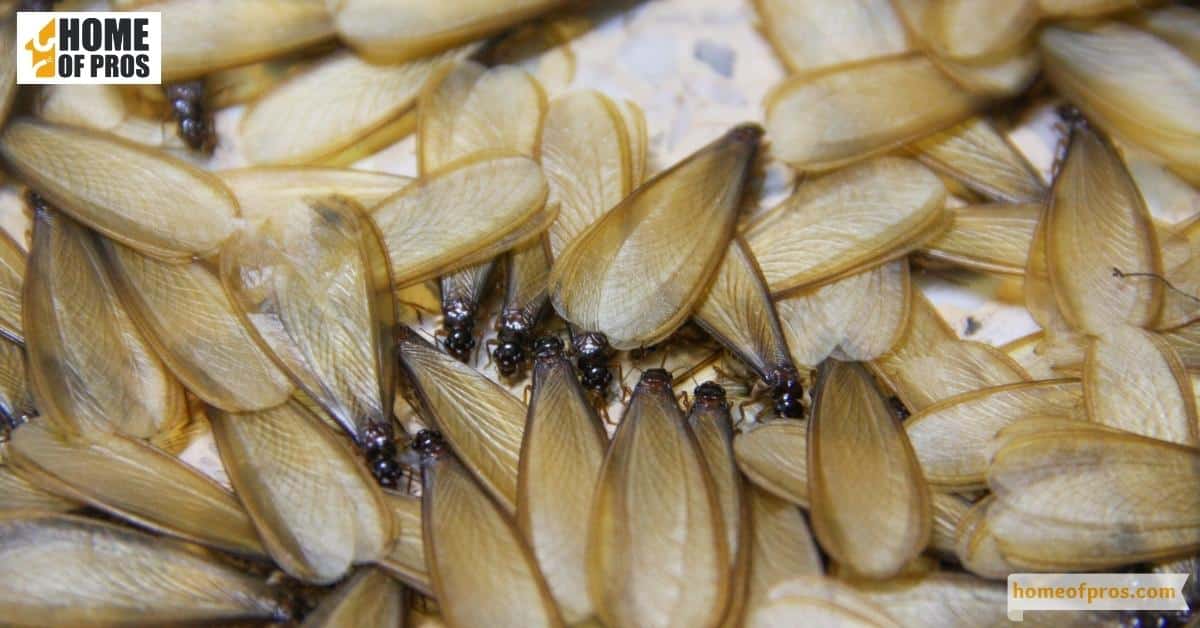
3. Hollow Wood
Termites consume wood from the inside out, leaving a thin veneer of wood or paint. So, if you tap or knock on an area where termites have been munching, it will sound hollow or papery due to part of the material being eaten away.
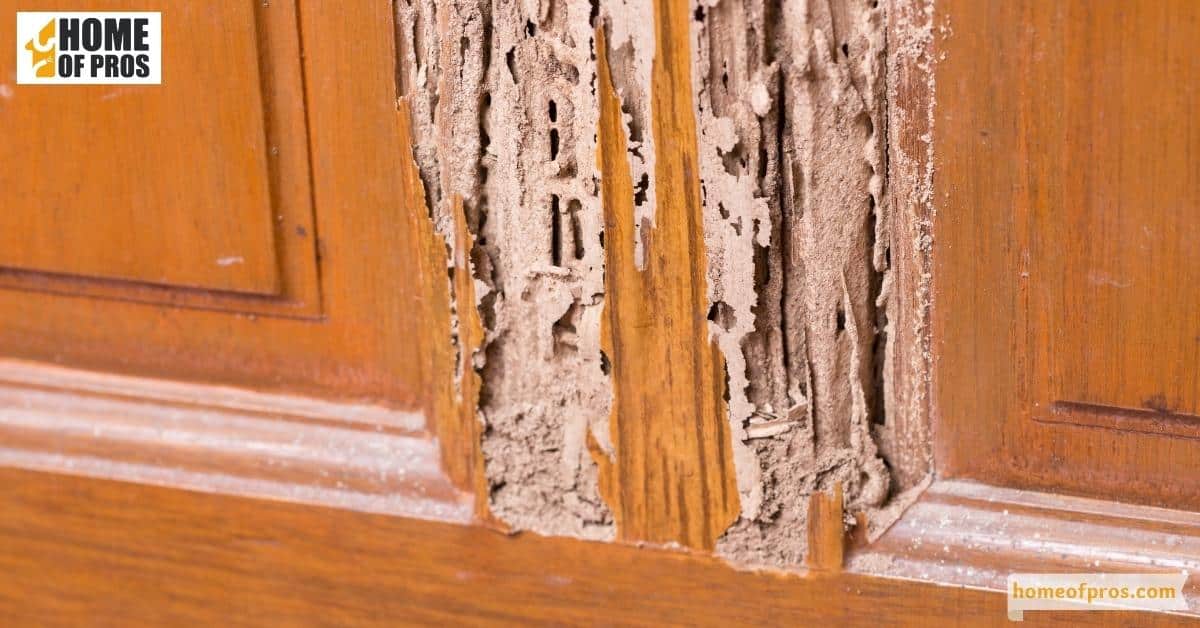
4. Frass
Frass, or termite droppings, is another sign of a termite infestation. These droppings look like tiny, ridged, wood-colored pellets. Termites push out frass through small holes near the entrances of their nests, so if you spot a small pile of what looks like sawdust, it’s time to call in the professionals!
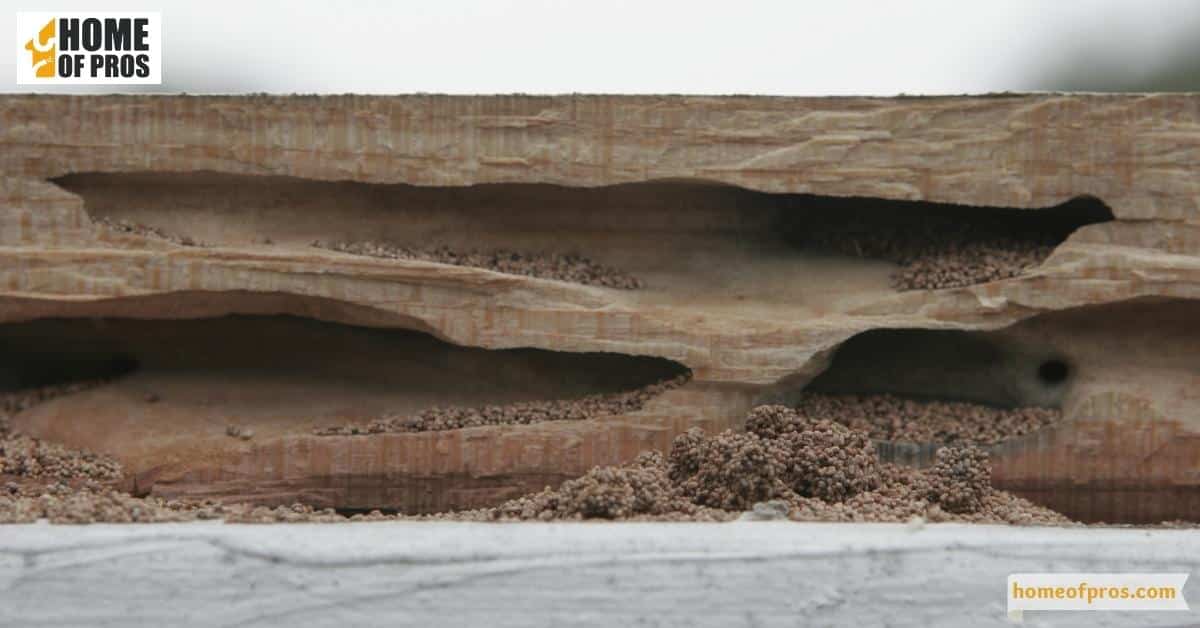
Implementing Preventive Measures
The best defense against termite infestation is a good offense. By taking preventive measures, you can protect your home from these destructive pests.
1. Keep Wood Away From Your Home’s Foundation
To prevent a termite infestation, ensure that no wood touches the soil around your home. This includes firewood, mulch, and dead trees. Termites can easily travel from these items to your house.

2. Regularly Inspect and Repair Your Home’s Exterior
Regularly check your home’s foundation for mud tubes, which are a clear sign of a termite infestation. Also, inspect outdoor wooden structures such as decks and fences for damage. Repair any broken roof tiles or shingles, as termites can use them as an entry point.
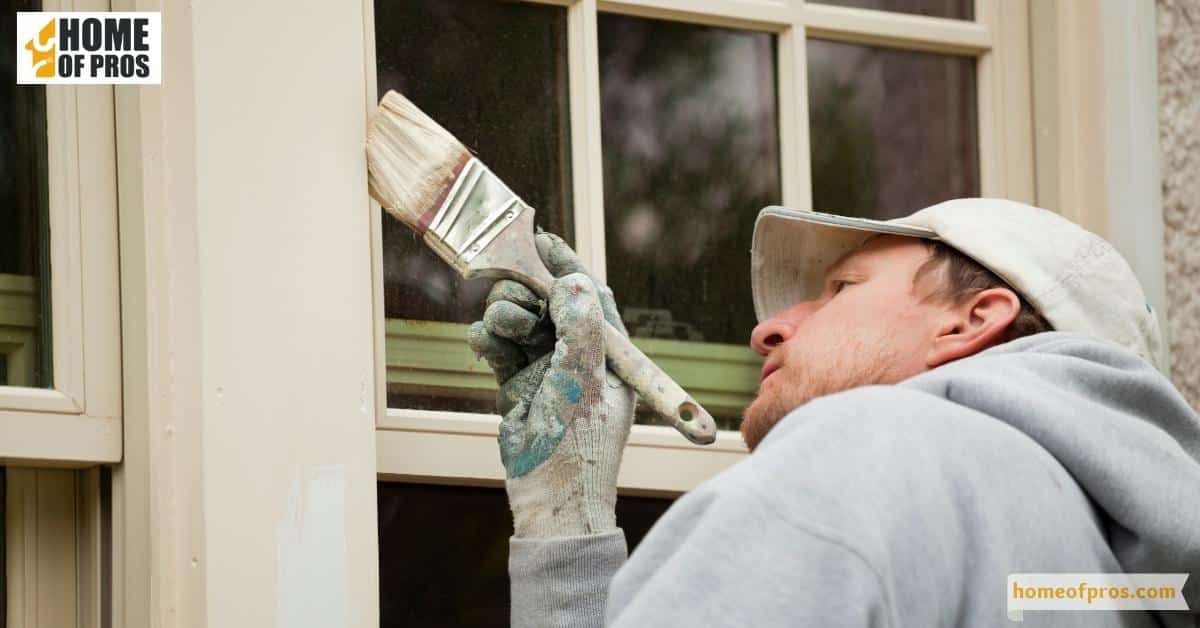
3. Maintain a Dry Environment
Termites thrive in moist environments. Use dehumidifiers in basements and crawl spaces to keep these areas dry. Fix any leaks immediately and ensure that your home’s drainage system works correctly.

4. Regular Pest Control Services
Engage in a professional pest control service for regular inspections. They can spot signs of termite activity that you might miss and provide treatment options if necessary.
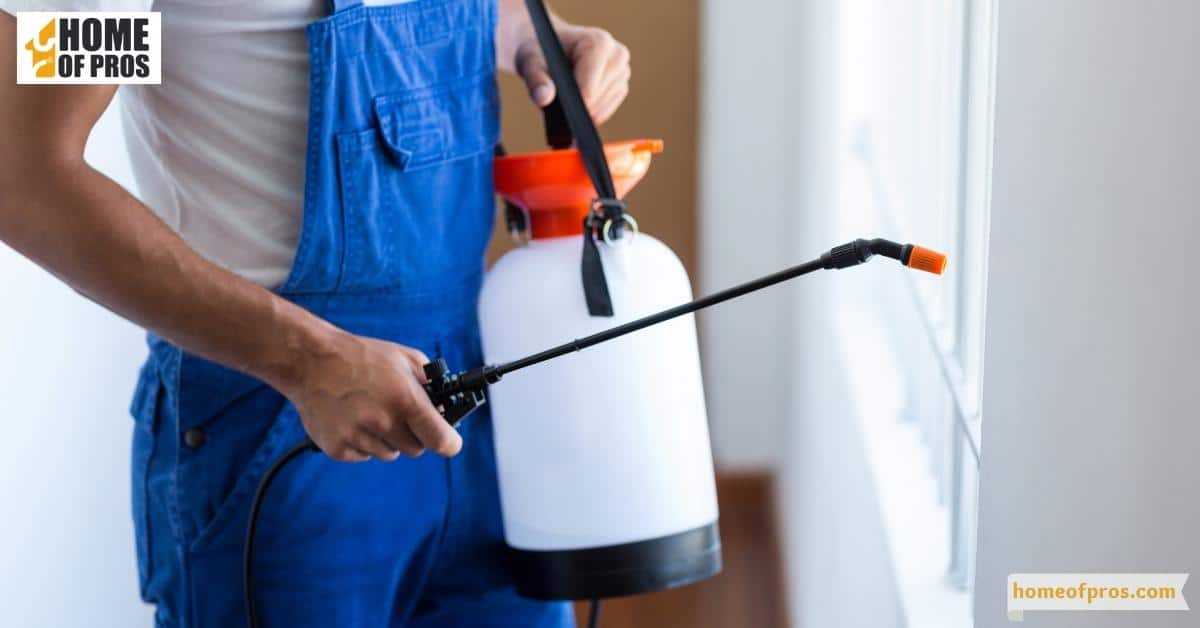
5. Use Termite-Resistant Wood
If you’re building or renovating, consider using termite-resistant wood. While it won’t guarantee any termite infestation, it can significantly reduce the risk.
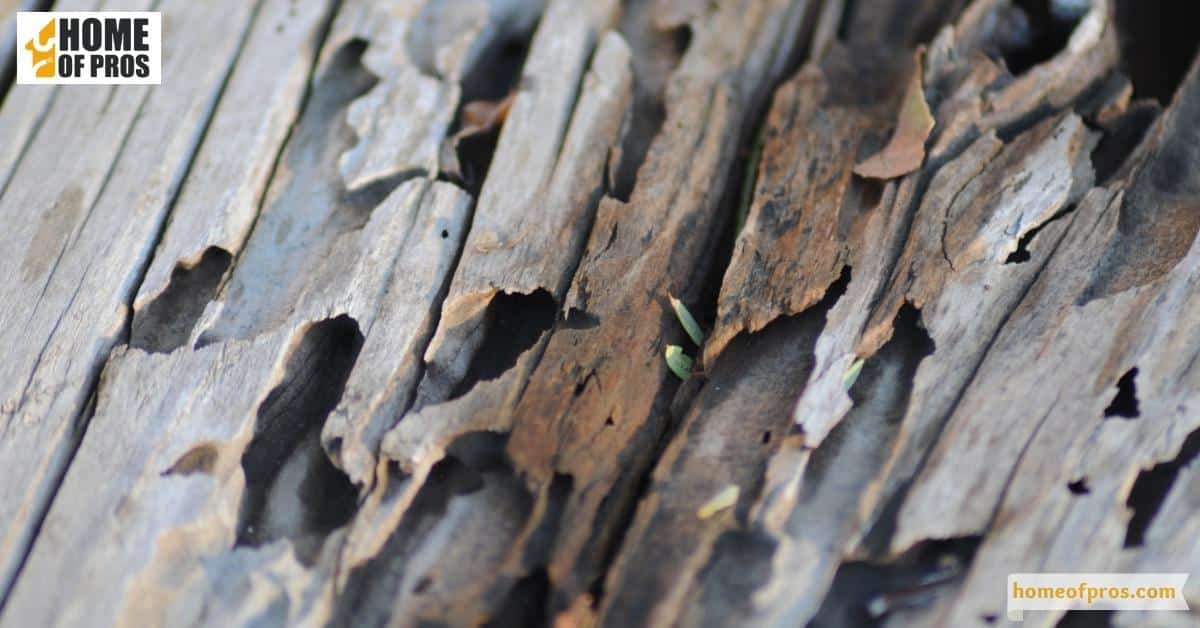
6. Seal Gaps and Cracks
Seal any cracks or gaps in your home’s foundation or walls. These can serve as entry points for termites.
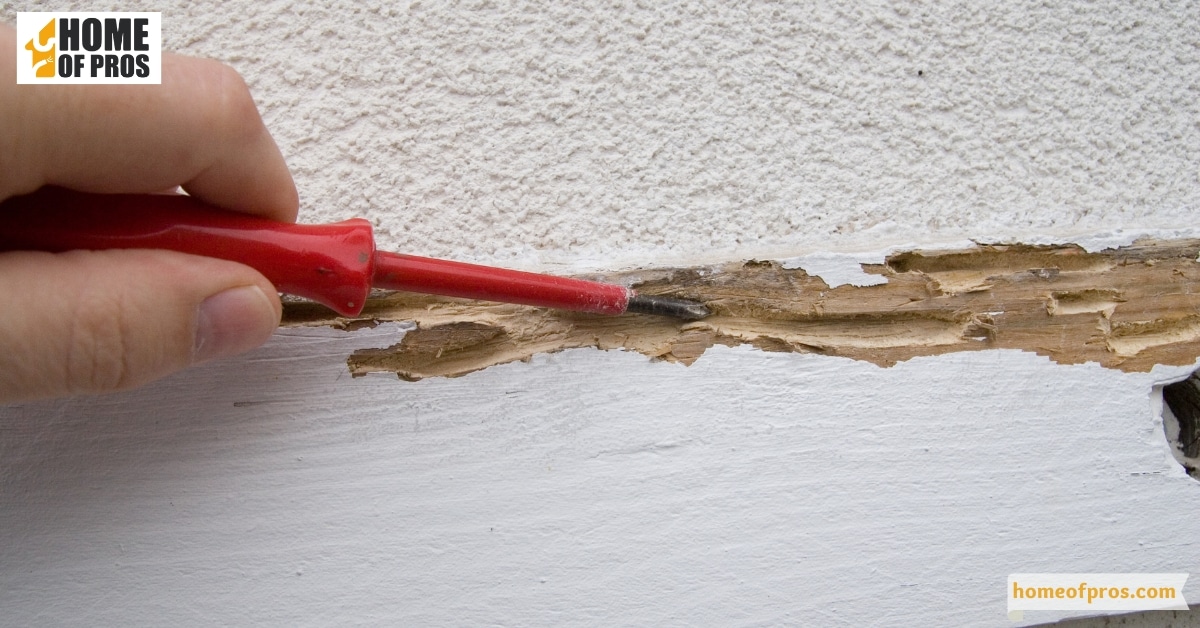
Chemical Treatment Options for Termite Control
When it comes to termite control, there are several chemical treatment options available. These treatments can help eradicate an existing infestation and prevent future ones.
- Liquid Soil-Applied Termiticides: These are chemicals that are applied to the soil around and beneath a structure. They create a chemical barrier that termites cannot pass through, killing those that attempt to cross it. This treatment is typically used during construction but can also be applied post-construction by trenching around the home’s foundation.
- Wood Treatments: This involves applying chemicals directly to wood to kill existing termites or deter new ones. It can include surface sprays, injected sprays, foams, or borate-treated wood. Borate wood treatments are particularly effective as they not only kill termites but also prevent them from eating the wood.
- Termite Baits: Termite baits consist of plastic stakes filled with a bait material (usually paper or cardboard combined with a slow-acting substance lethal to termites) inserted into the ground around the home. Termites consume the bait and share it with the rest of the colony, leading to a gradual decline in termite numbers.
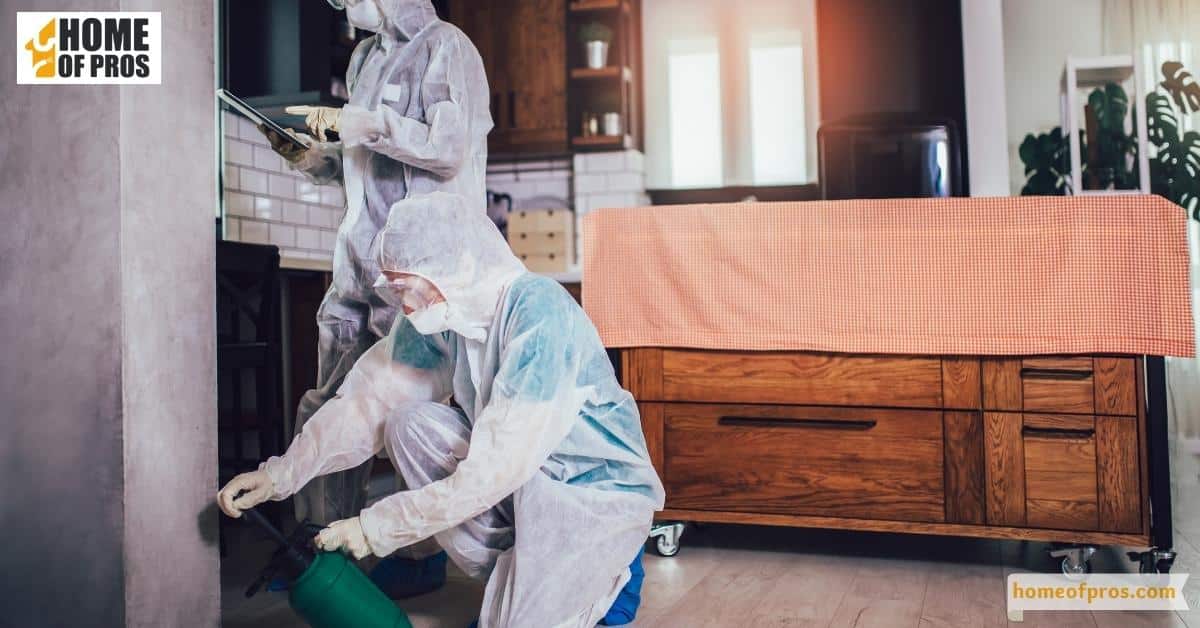
Natural and Non-Chemical Approaches to Termite Management
While chemical treatments can be effective, they might not be the best choice for everyone. If you’re looking for more environmentally friendly options, there are several natural and non-chemical approaches you can use to manage termite infestations.
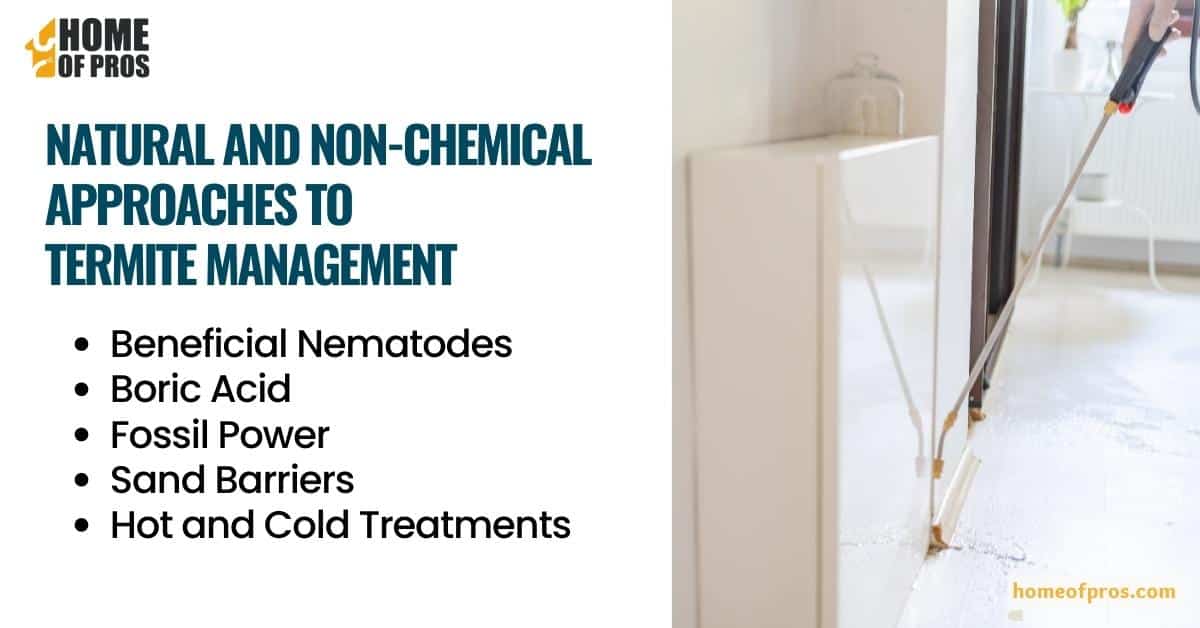
- Beneficial Nematodes: Beneficial nematodes are small, worm-like creatures that naturally prey on termites. They can be purchased from garden supply stores or online. Simply mix the nematodes with water and spray them into areas where you suspect termites are present. They’ll do the rest, invading the bodies of termites and killing them within a few days.
- Boric Acid: Boric acid is a naturally occurring compound that acts as a stomach poison to termites. You can mix the boric acid powder with water and spray it onto affected areas or use it to coat wood before construction. Remember to reapply it regularly, as it can be washed away over time.
- Fossil Power: Diatomaceous earth is a type of soft, siliceous sedimentary rock that can be easily crumbled into a fine white powder. It works by dehydrating termites when they come into contact with it. Sprinkle it around the perimeter of your home and in places where you suspect termites might be active.
- Sand Barriers: Termites have difficulty tunneling through sand barriers because of the loose nature of the particles. By installing a sand barrier around your home’s foundation, you can deter termites from gaining access to your home. The sand should be a specific grain size to be effective, so it’s best to consult with a pest management professional.
- Hot and Cold Treatments: Termites can’t survive extreme temperatures. Professional pest control services can heat or cool your home to a temperature that kills termites. Heat treatments involve raising the interior temperature of your home to over 120 degrees Fahrenheit, while cold treatments lower the temperature to below freezing.
Professional Termite Inspection and Treatment Services
Professional termite inspection and treatment services play a crucial role in maintaining the structural integrity of your home. These experts have the training and tools to thoroughly inspect your property, identify the type of termite, and determine the extent of the infestation. They can spot signs of termite activity that homeowners might overlook, such as mud tubes, frass, or damaged wood.
Once an infestation is confirmed, these professionals can recommend and implement the most effective treatment strategy. This could involve chemical treatments, bait systems, or non-chemical methods.
Regular inspections by professionals can also help prevent future infestations, providing you with peace of mind knowing your home is protected against these destructive pests.
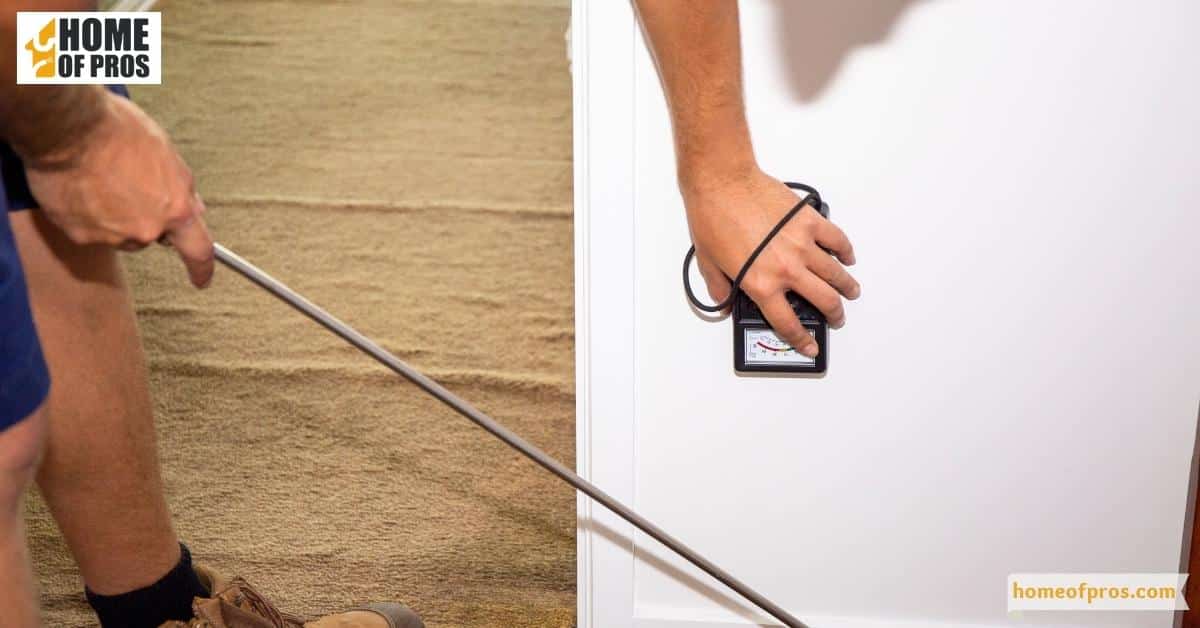
In conclusion
Preventing and effectively treating termite infestations is a crucial task for homeowners. By implementing preventative measures such as regular inspections, removing wood debris, and correcting moisture issues, homeowners can drastically decrease their chances of a termite infestation.
However, if an infestation does occur, it is important to quickly and effectively treat it with options such as fumigation or liquid termiticides.


